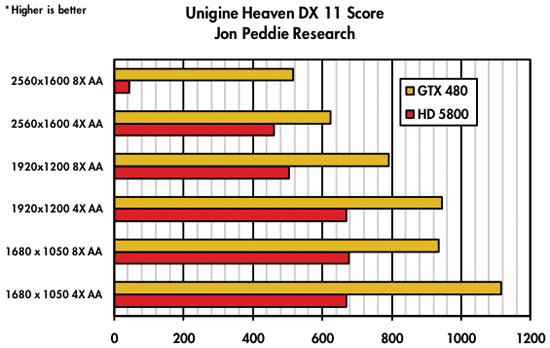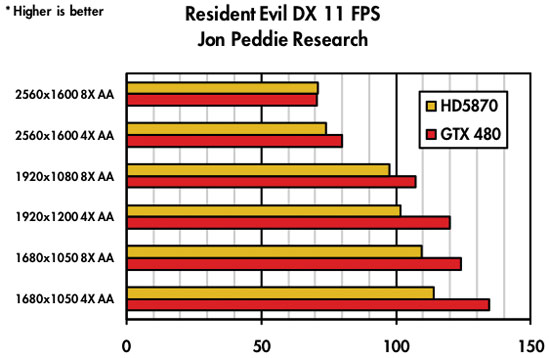Silent_Buddha
Legend
The problem they (x86) have is that their low end desktops still make up the vast majority of their sales. If this is what is being eaten by tablets then they still have to find something to use those low end chips on. Many of them are of course the worst chips of the wafer - the Celerons and Pentiums at 65W etc.
If you basically just say that market is disappearing, then what is going to happen? Is the whole market going to shift up in price so that Celerons are priced at i3 prices? Or are they just going to throw these lower end cpu's away? There has to be a knock-on effect somewhere.
AMD is in deep trouble under these circumstances because they just don't have the performance chips that are going to be left, and they are obligated to pay $1 billion per year to GF for wafers. Kaveri better be something special or they better have a really good plan B.
I wouldn't say it's disappearing, it's transitioning.
Right now, Intel has only a lukewarm response to Arm in tablets with Clovertrail. It's compute capabilities are competitive but it's graphics capabilities are horrible.
If Intel can successfully transition into tablet devices, then that replaces the low end PC netbook/notebook market that is shrinking. And likely regains share that it lost to tablet devices.
And at that point, if we assume that the majority of those devices run some version of Windows rather than Android, then it's basically still PC marketshare albeit in a tablet form.
AMD has the same opportunity there. I'm sure they'll be targeting the tablet landscape as well with their APUs using the Jaguar cores.
And to take that a little further. Is there really a need for a low end desktop PC if an x86 tablet can serve the exact same functionality when hooked up to a monitor, keyboard, and mouse? Granted for extensive storage, you'd have to hook it up to an external USB drive.
Sure, currently Windows tablets are a heck of a lot more than a low end desktop PC, but will that remain true if the volume of Windows tablets were to rise dramatically? Look at netbooks. The prices on those dropped quite significantly when their popularity took off and volumes increased.
Regards,
SB



